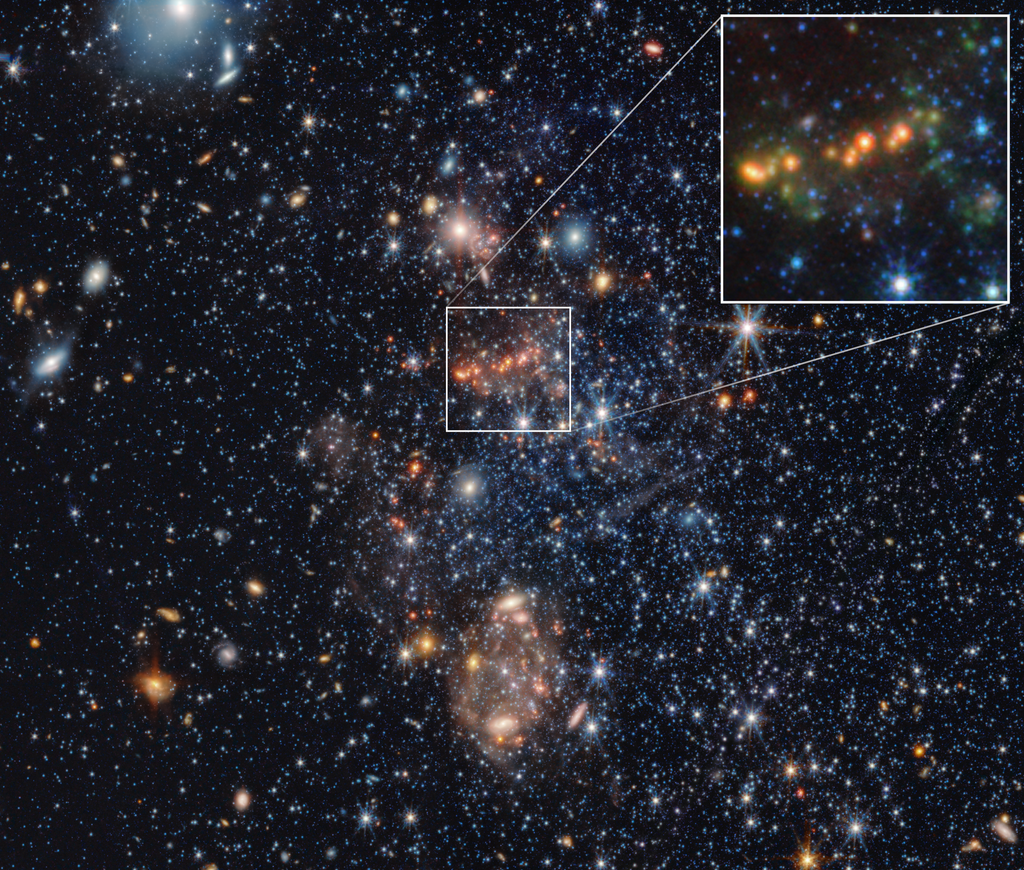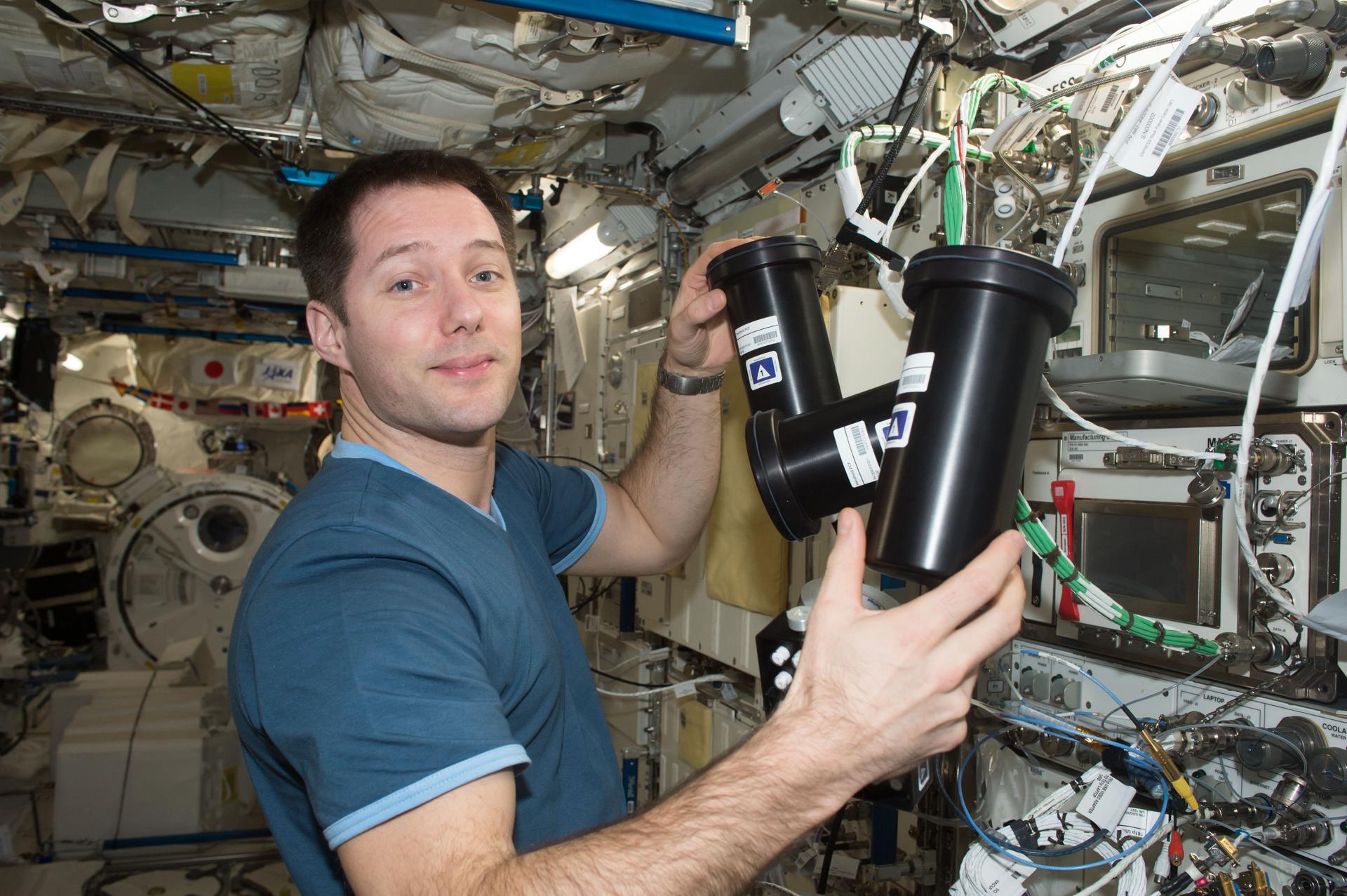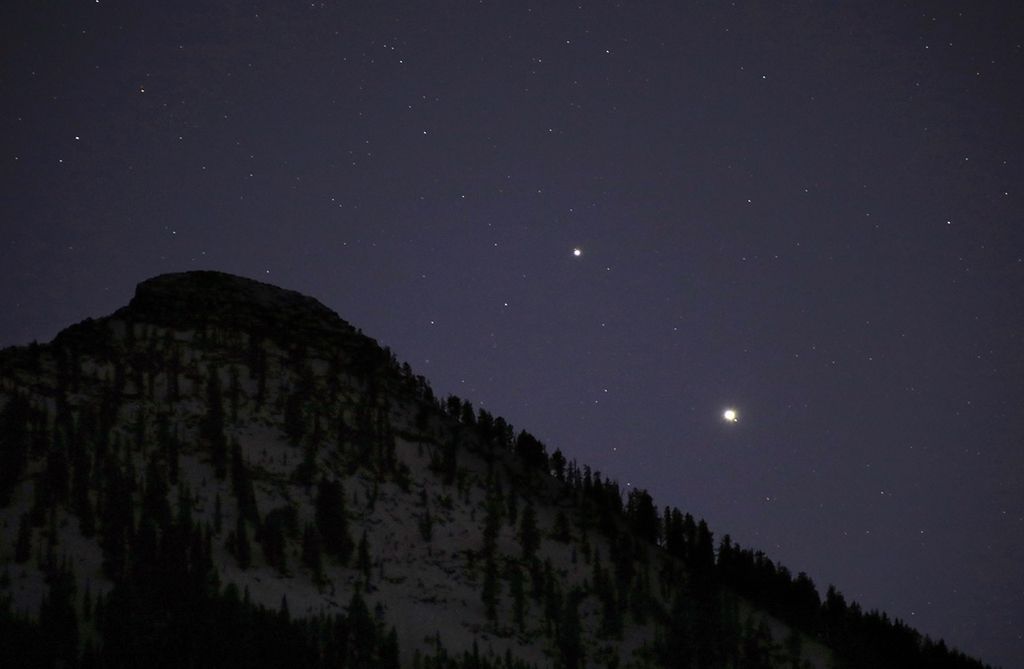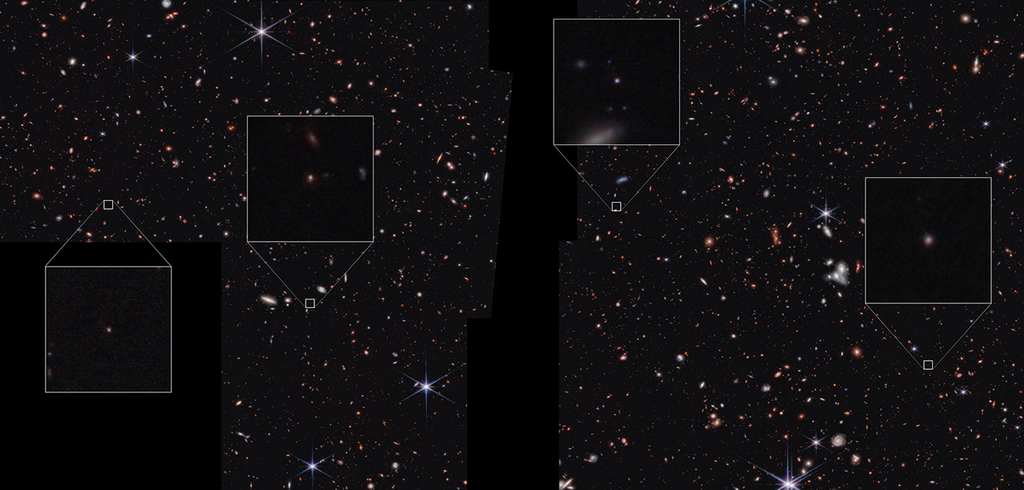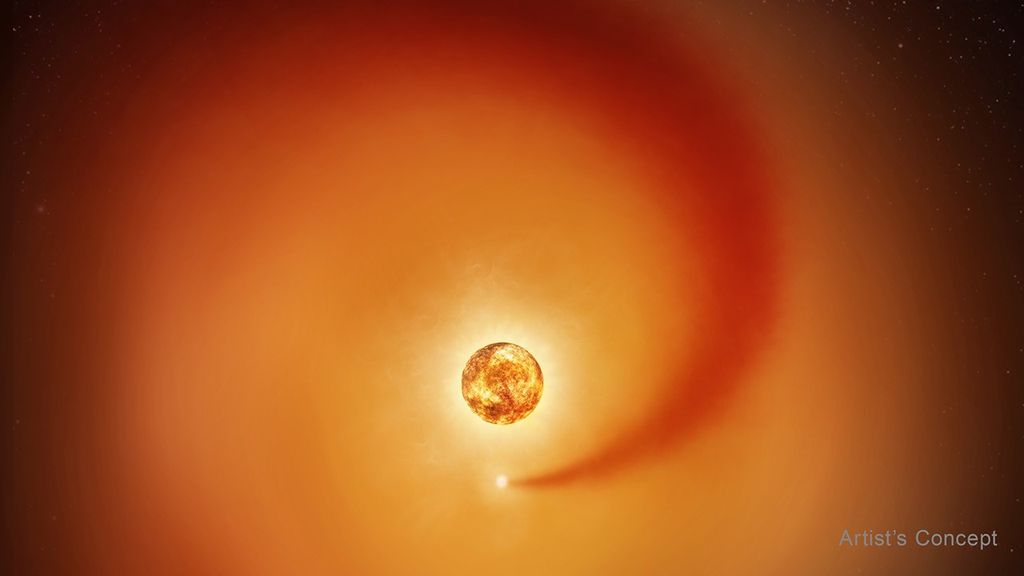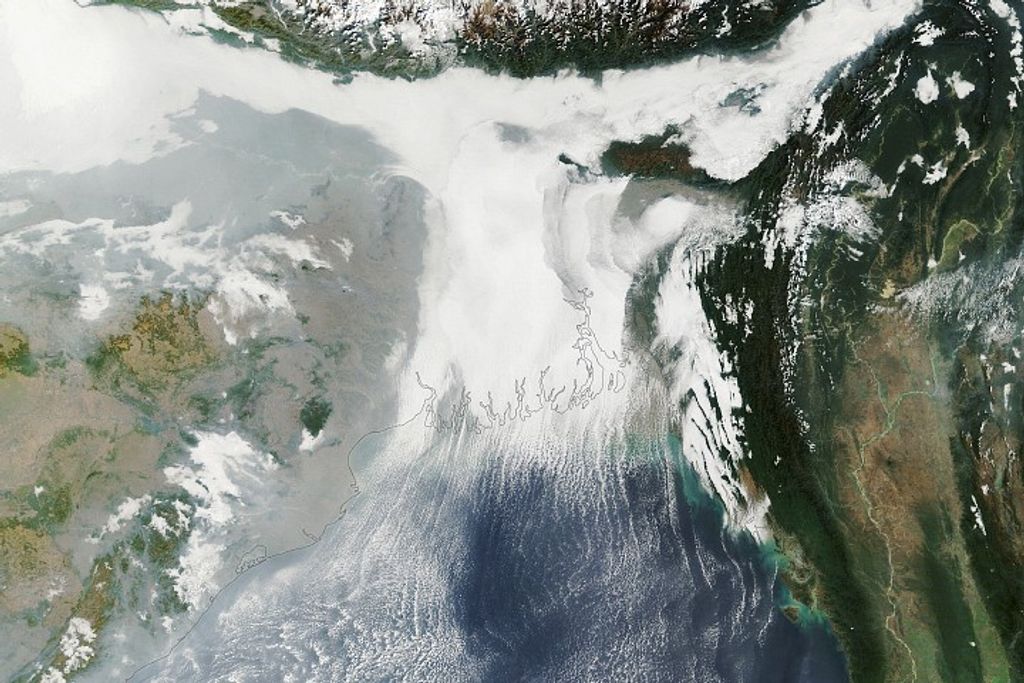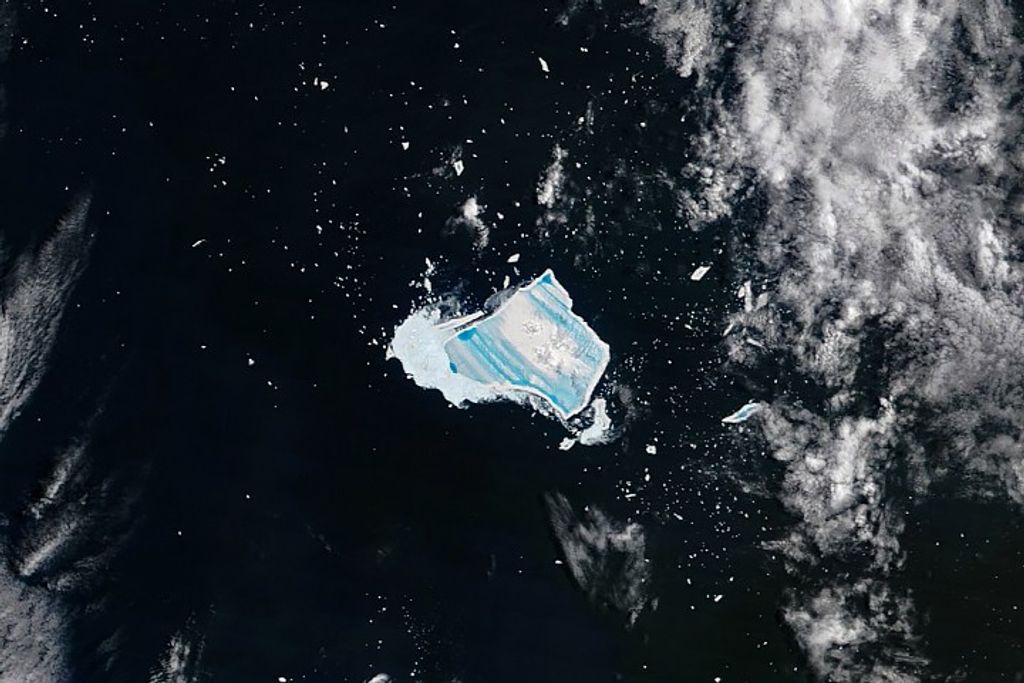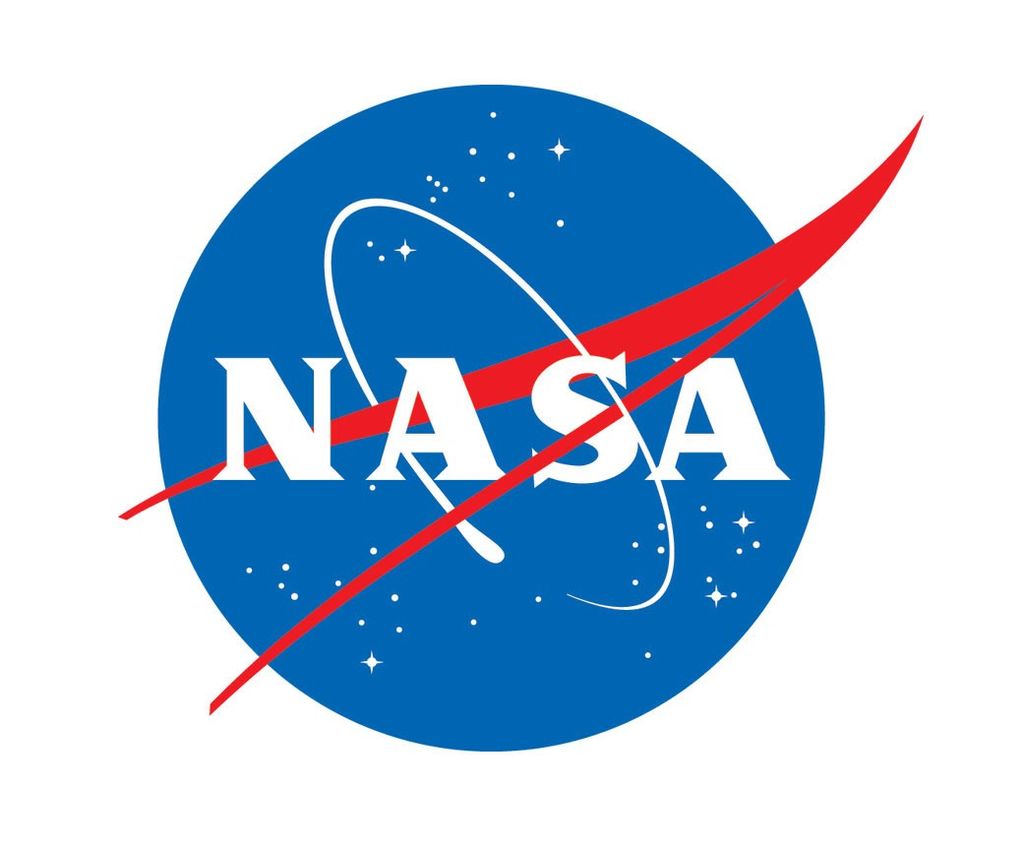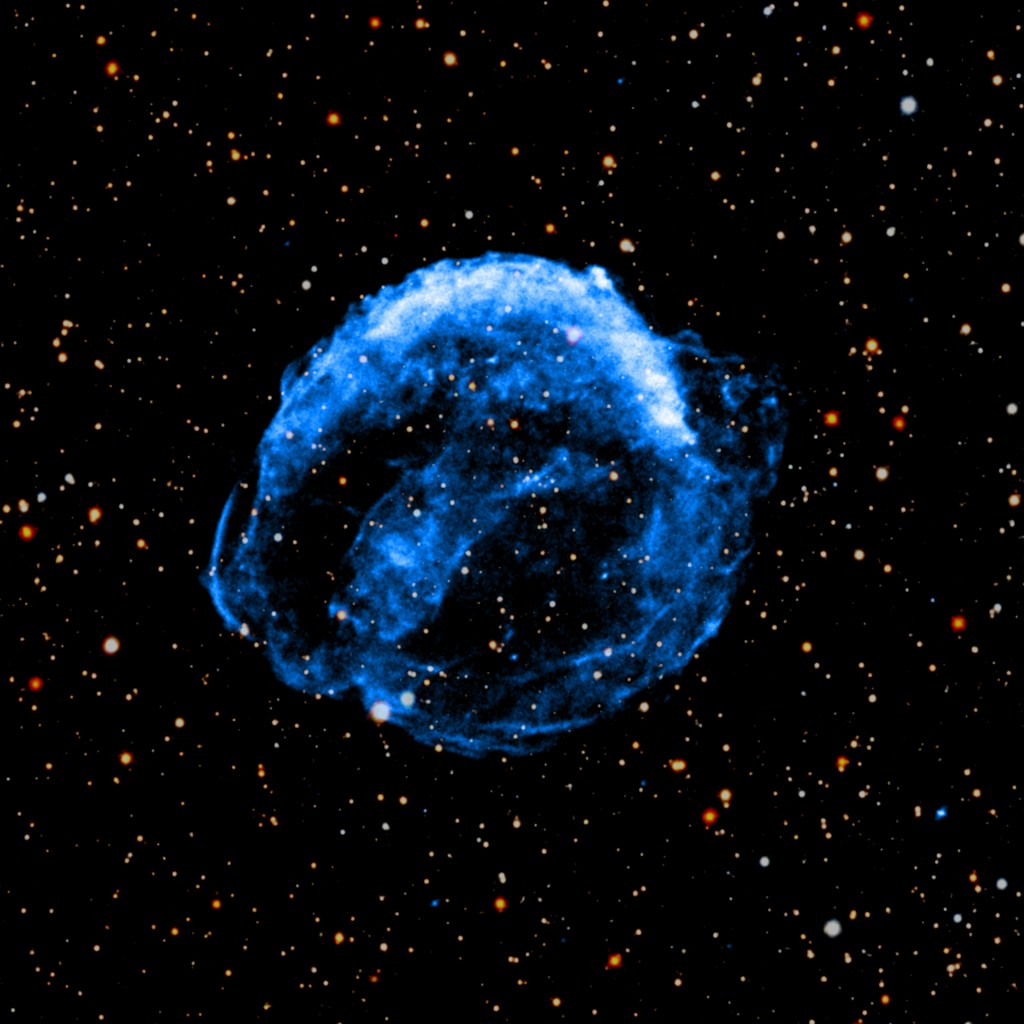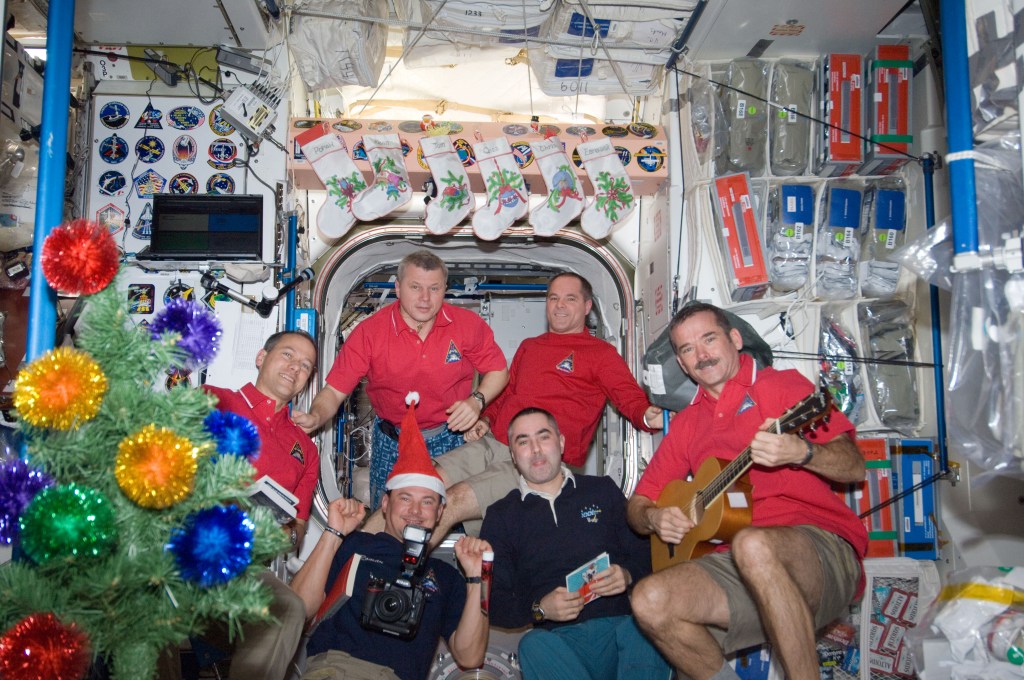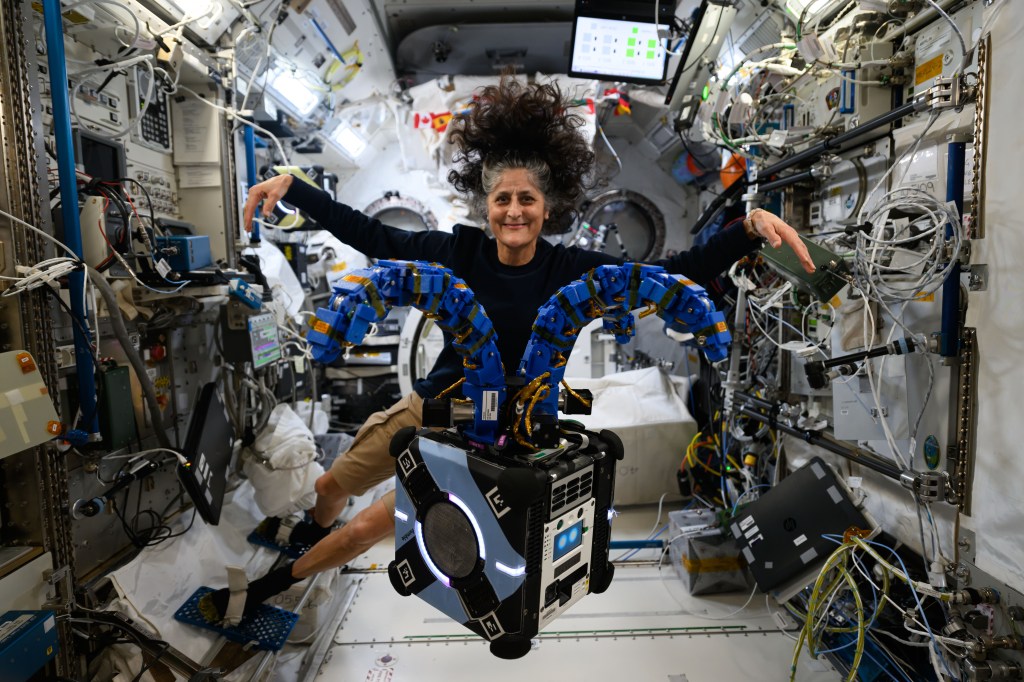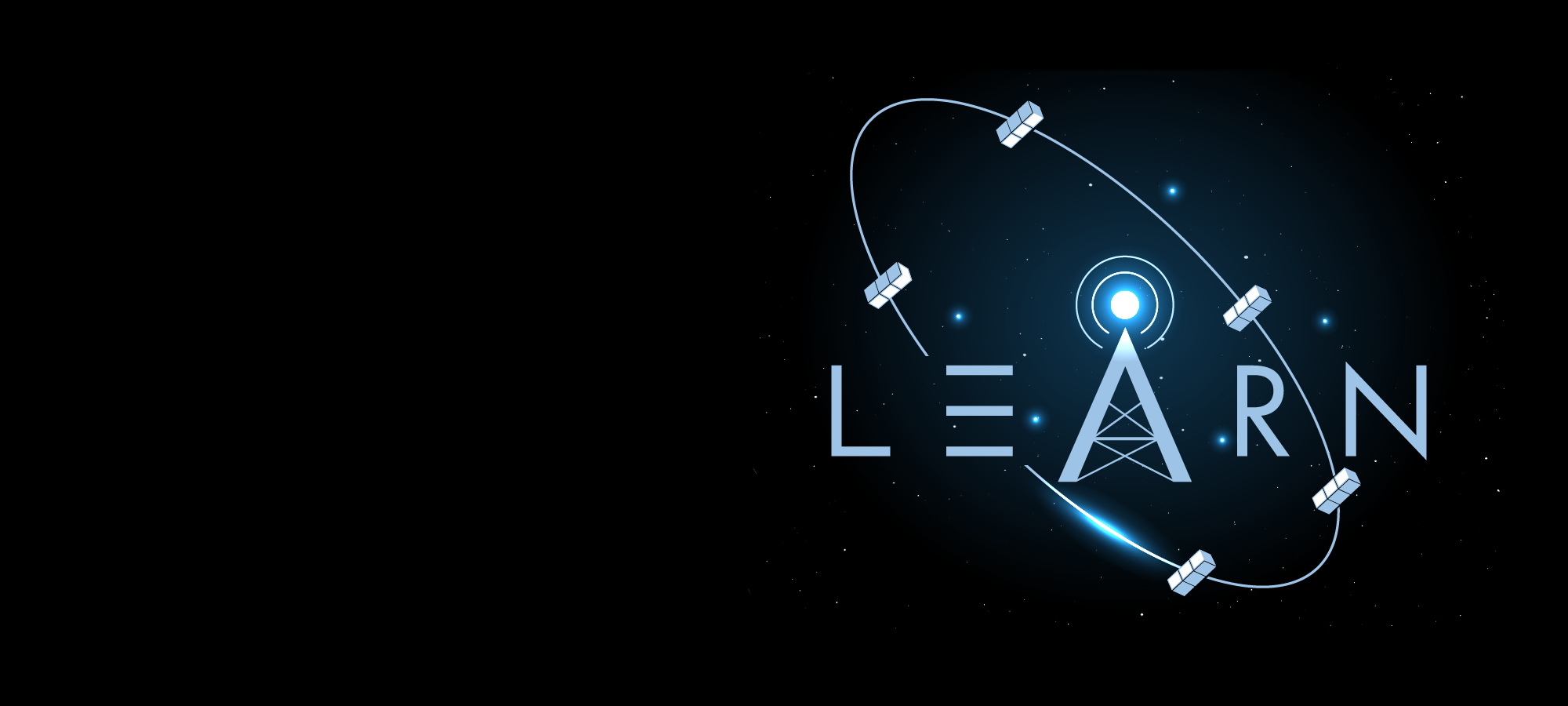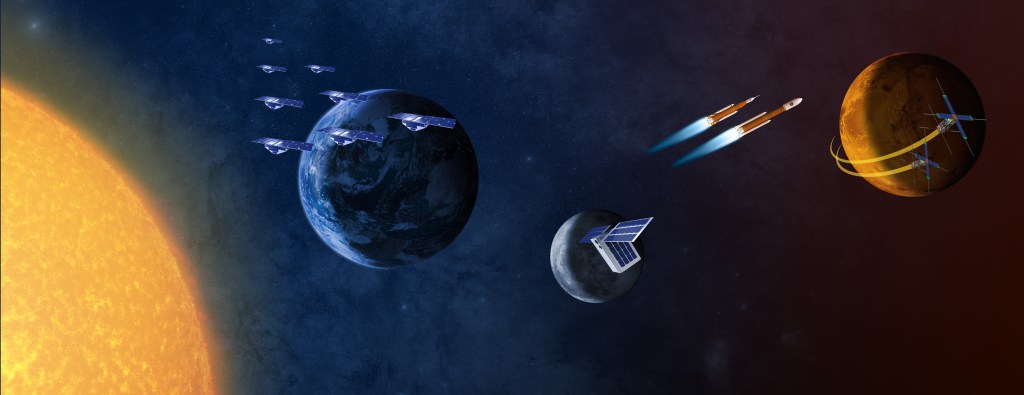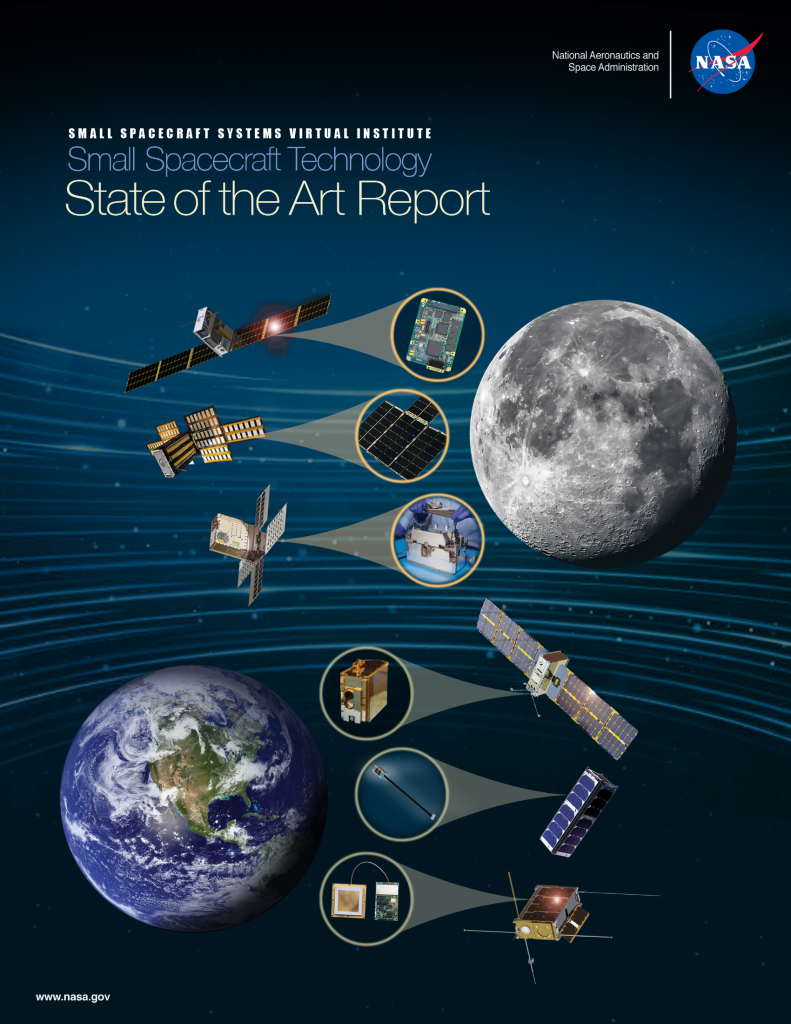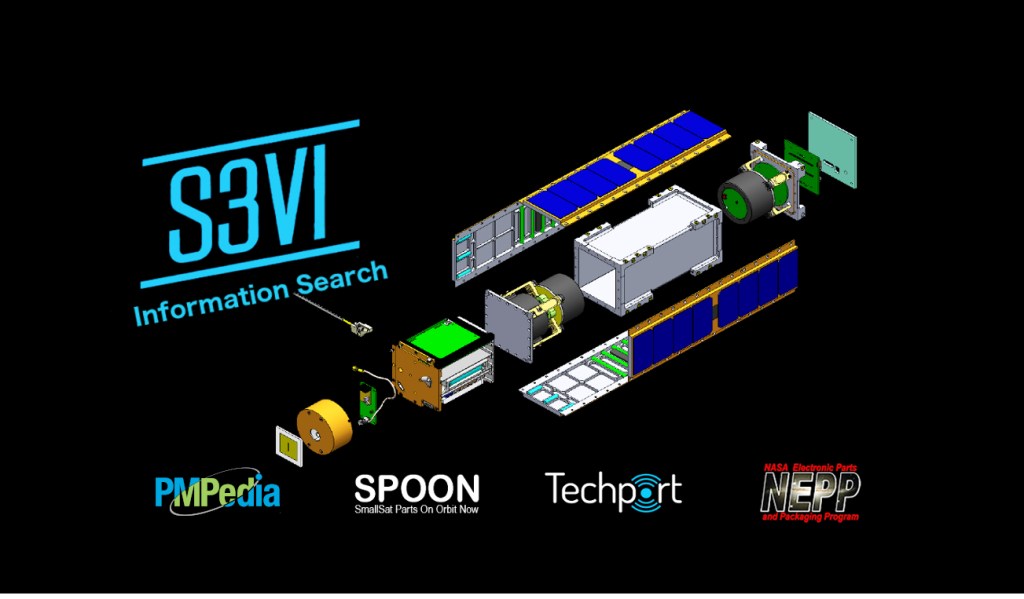June 28, 2023
Dr. Evgenya Shkolnik
 Abstract: A planet’s atmospheric evolution and chemistry are extremely sensitive to input stellar ultraviolet (UV) radiation, which for low-mass stars (< 0.7 Msun), is known to be both strong and highly variable. The Star-Planet Activity Research CubeSat (SPARCS) is a 6U CubeSat equipped with a UV-optimized payload devoted to the long-term monitoring of 20 low-mass stars in two UV photometric bands to understand exoplanetary atmospheres around low-mass stars. SPARCS aims to observe each target for at least one full stellar rotation, which can range from 5 to 30 days, a duration of commitment that is currently unachievable with existing observatories. The mission is set to last a minimum of one year. The main stars of interest are young ones, which are likely in the process of forming terrestrial planets, and older stars, which are the most common hosts of exoplanets. The measured flux density, spectral index, variability, flare rate, and evolution of UV emission will provide new insights into energetic stellar activity and realistic inputs to evolutionary and photochemical planet atmosphere models.
Abstract: A planet’s atmospheric evolution and chemistry are extremely sensitive to input stellar ultraviolet (UV) radiation, which for low-mass stars (< 0.7 Msun), is known to be both strong and highly variable. The Star-Planet Activity Research CubeSat (SPARCS) is a 6U CubeSat equipped with a UV-optimized payload devoted to the long-term monitoring of 20 low-mass stars in two UV photometric bands to understand exoplanetary atmospheres around low-mass stars. SPARCS aims to observe each target for at least one full stellar rotation, which can range from 5 to 30 days, a duration of commitment that is currently unachievable with existing observatories. The mission is set to last a minimum of one year. The main stars of interest are young ones, which are likely in the process of forming terrestrial planets, and older stars, which are the most common hosts of exoplanets. The measured flux density, spectral index, variability, flare rate, and evolution of UV emission will provide new insights into energetic stellar activity and realistic inputs to evolutionary and photochemical planet atmosphere models.
Bio: Evgenya Shkolnik is a professor of astrophysics at Arizona State University in the School of Earth and Space Exploration and an associate director of the Interplanetary Initiative. She is an expert on exoplanets and stars, including the Sun. She uses telescopes both on the ground and in space to answer questions involving stellar evolution, exoplanet magnetic fields, and planet habitability, essentially taking lessons from space physics in our Solar System to Exoplanetary Systems. She is also the principal investigator (PI) of the NASA SPARCS mission, the PI of UV-SCOPE, a NASA Mid-Ex mission concept, and the PI of the Hubble Space Telescope’s HAZMAT (Habitable Zones and M dwarf Activity across Time) program. Dr. Shkolnik is also a member of NASA Astrobiology Institute’s Virtual Planetary Laboratory, and several Science & Technology Advisory Committees for NASA’s upcoming space missions, as well as a panelist for the Astro2020 Decadal Survey.
Dr. Jonathon Smith
 Abstract: The petitSat mission was designed to determine the conditions under which Medium-Scale Traveling Ionosphere Disturbances (MSTIDs) generate large plasma density enhancements, which can interfere with radio waves used for communication and navigation. The Goddard Space Flight Center in-house spacecraft used mostly CubeSat market components and carried two science instruments: the Ion-Neutral Mass Spectrometer (INMS) and the Gridded Ion Drift Sensor (GRIDS). PetitSat launched on-board the Space-X 26 resupply to the ISS on November 26th, 2022, and was deployed from the ISS on December 29th, 2022, along with several other cubesats. The commissioning team was unable to communicate with the spacecraft until its re-entry on April 9th, 2023. An Anomaly/Failure Review Board (ARB/FRB) was formed early February to investigate the lack of communication. This presentation covers an introduction of petitSat, description of the system, and recommendations and lessons learned from the ARB/FRB investigation.
Abstract: The petitSat mission was designed to determine the conditions under which Medium-Scale Traveling Ionosphere Disturbances (MSTIDs) generate large plasma density enhancements, which can interfere with radio waves used for communication and navigation. The Goddard Space Flight Center in-house spacecraft used mostly CubeSat market components and carried two science instruments: the Ion-Neutral Mass Spectrometer (INMS) and the Gridded Ion Drift Sensor (GRIDS). PetitSat launched on-board the Space-X 26 resupply to the ISS on November 26th, 2022, and was deployed from the ISS on December 29th, 2022, along with several other cubesats. The commissioning team was unable to communicate with the spacecraft until its re-entry on April 9th, 2023. An Anomaly/Failure Review Board (ARB/FRB) was formed early February to investigate the lack of communication. This presentation covers an introduction of petitSat, description of the system, and recommendations and lessons learned from the ARB/FRB investigation.
Bio: Jonathon Smith is a Research Scientist in the Code 675 ITM lab and a Project Scientist for the PetitSat cubesat mission. He received his Ph.D. in Physics in 2018 from the University of Texas at Dallas. Jonathon studies Plasma instabilities in the Earth’s Ionosphere using physical modeling and analysis of satellite data. His work focuses on producing open source scientific software for data management, analysis, and extension for general purpose research.

